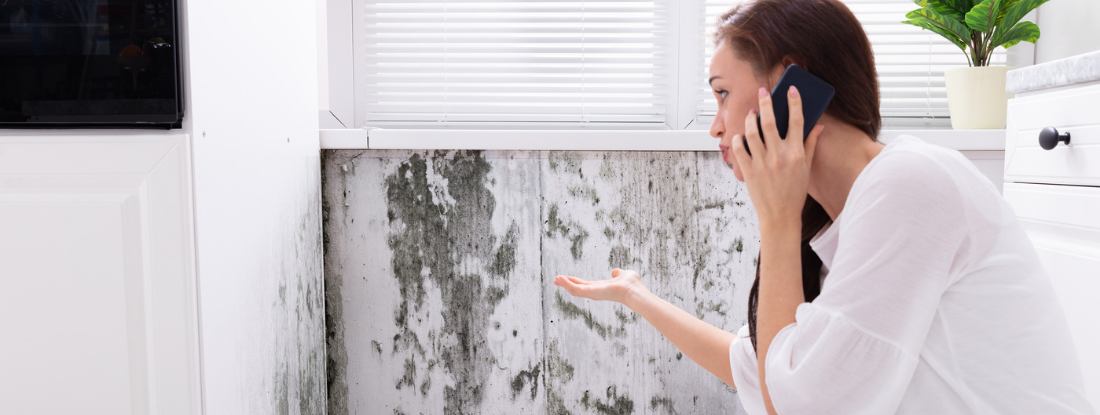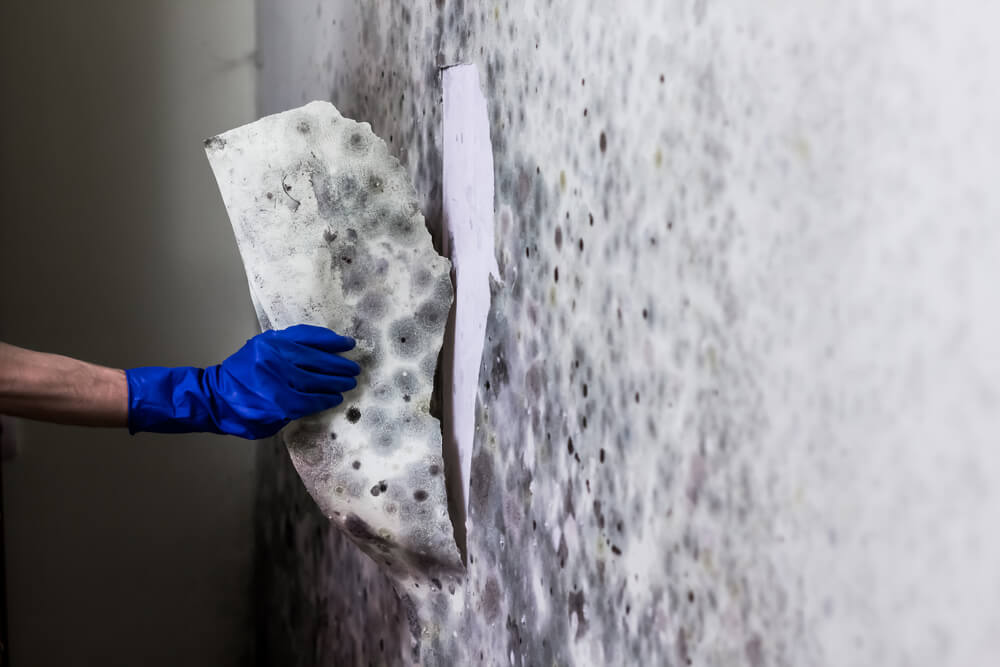Support on What to Do After Mold Remediation
Support on What to Do After Mold Remediation
Blog Article
Effective Message Mold Remediation Solutions for Your Home
Mold and mildew development in homes can be a consistent issue, frequently needing a systematic technique for reliable post-remediation solutions. From understanding the elements that add to mold development to applying proper cleaning techniques and wetness control actions, the process can be complex yet critical for maintaining a healthy and balanced living setting. After mold remediation.
Understanding Mold And Mildew Growth Factors
The primary factor contributing to mold and mildew growth is wetness. Mold spores need dampness to prosper and sprout, making damp or damp atmospheres extremely prone to mold infestations.

Furthermore, air flow and light exposure can affect mold development. Areas that do not have appropriate air flow and natural light are a lot more prone to mold and mildew development. By addressing these variables thoroughly, individuals can successfully reduce mold development and secure their living settings.
Proper Mold And Mildew Cleansing Methods
Using effective cleaning approaches is essential in preventing the recurrence and dealing with of mold and mildew contamination in indoor atmospheres. The initial step in correct mold and mildew cleaning is to include the damaged area to protect against the spread of spores to unpolluted areas.

Carrying Out Moisture Control Steps
To properly stop mold and mildew growth and contamination in indoor environments, carrying out moisture control measures is vital. In addition, making certain proper ventilation in locations vulnerable to moisture accumulation, such as cooking areas and restrooms, can help reduce the danger of mold and mildew development. By diligently applying these moisture control procedures, house owners can efficiently minimize the chance of mold recontamination and preserve a healthy indoor atmosphere.
Making Use Of Natural Removal Solutions
After effectively carrying out moisture control measures to stop mold growth in indoor settings, house owners can currently explore the efficiency of all-natural remediation solutions in preserving a healthy and balanced home. All-natural removal solutions utilize ecologically friendly approaches to fight mold and mildew and mold, making them a prominent selection for those looking for safe choices. One such option is making use of vinegar, a natural antimicrobial agent, to disinfect and tidy surfaces infected by mold and mildew. Simply thin down vinegar with water and spray it onto the affected areas, permitting it to sit for a couple of hours prior to wiping clean. Furthermore, tea tree oil, understood for its antifungal properties, can be blended with water and splashed onto mold-infested surface areas to prevent further growth. An additional all-natural alternative is hydrogen peroxide, which can efficiently eliminate mold and mildew on different surfaces without leaving harmful deposits behind. By including these natural remediation solutions into their cleaning routines, property owners can effectively deal with mold development while advertising a healthier indoor atmosphere on their own and their family members.

Keeping a Mold-Free Setting
Consistently evaluating areas vulnerable to mold growth, such as shower rooms, kitchens, attics, and cellars, is important. Appropriate ventilation in areas with high humidity levels is also essential to avoiding mold growth.
Furthermore, maintaining tidiness in the home is vital click to investigate for mold prevention. Maintaining indoor plants in check and making certain proper drainage in outside landscape design can decrease wetness accumulation, decreasing the probability of mold and mildew problems.
Conclusion
Finally, it is important to address mold growth elements, make use of correct cleaning methods, execute moisture control procedures, use all-natural remediation solutions, and keep a mold-free atmosphere in order to effectively manage post mold and mildew remediation in your home - Post Mold remediation cleaning. By adhering to these techniques, you can stop mold from repeating and ensure a healthy living environment for you and your family
The main element contributing to mold and mildew development is moisture. Mold spores call for moisture to thrive and sprout, making moist or moist settings very susceptible to mold and mildew problems.To properly stop mold and mildew growth and contamination in indoor settings, applying dampness control actions is paramount. Furthermore, making sure proper ventilation in areas vulnerable to moisture build-up, such as washrooms click here for more and kitchen areas, can aid minimize the danger of mold growth.After successfully implementing dampness control measures to avoid mold growth in interior settings, home owners can now discover the performance Homepage of natural removal options in preserving a healthy and balanced living space.
Report this page